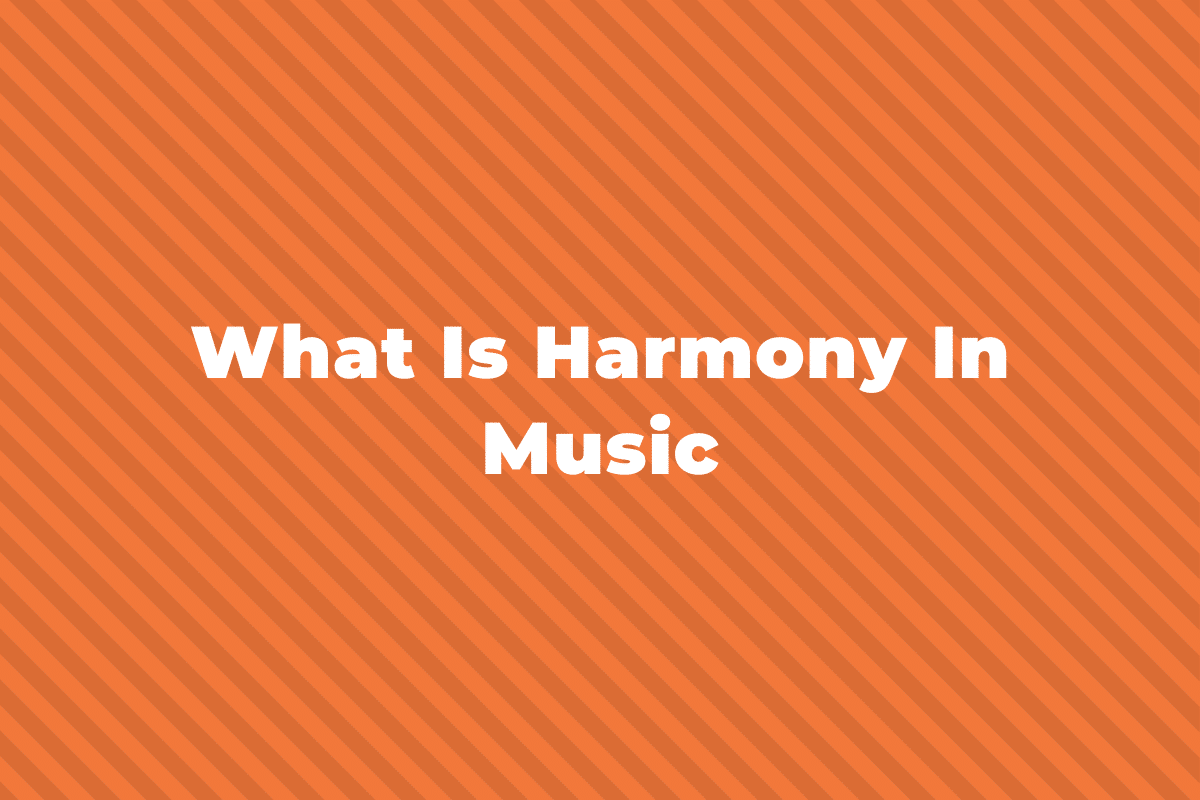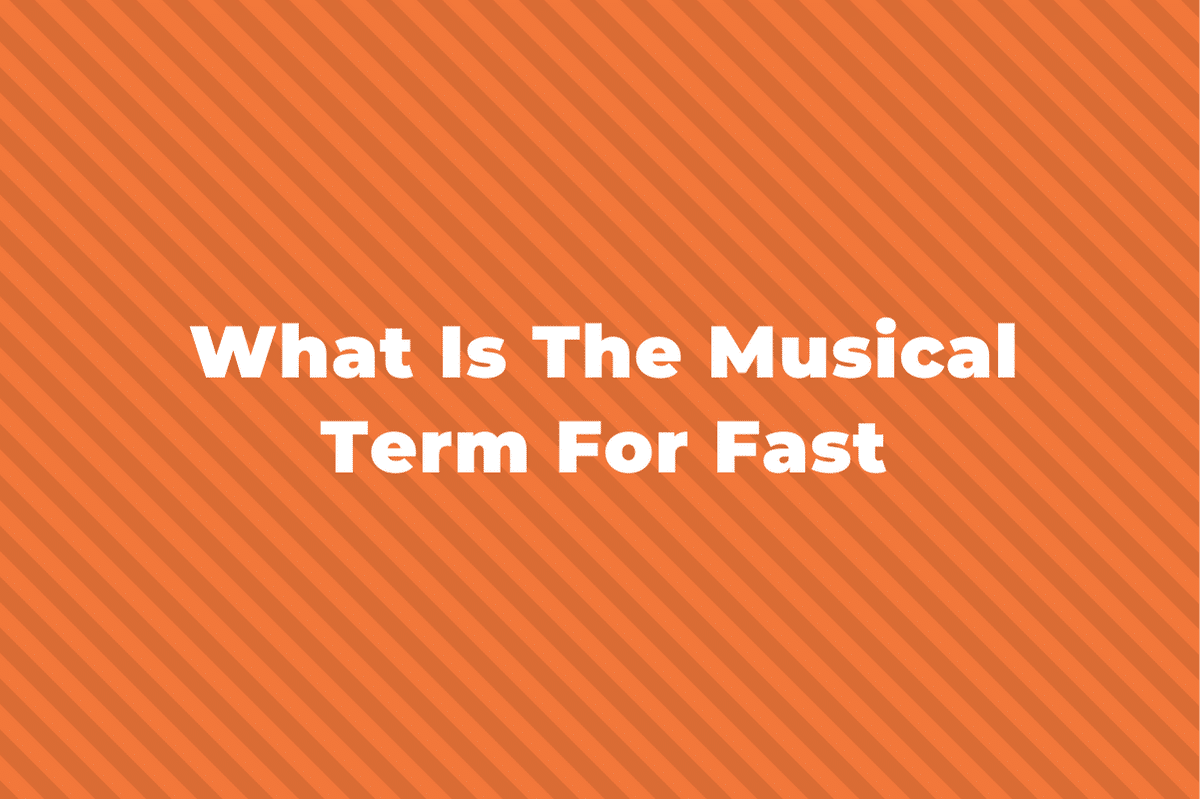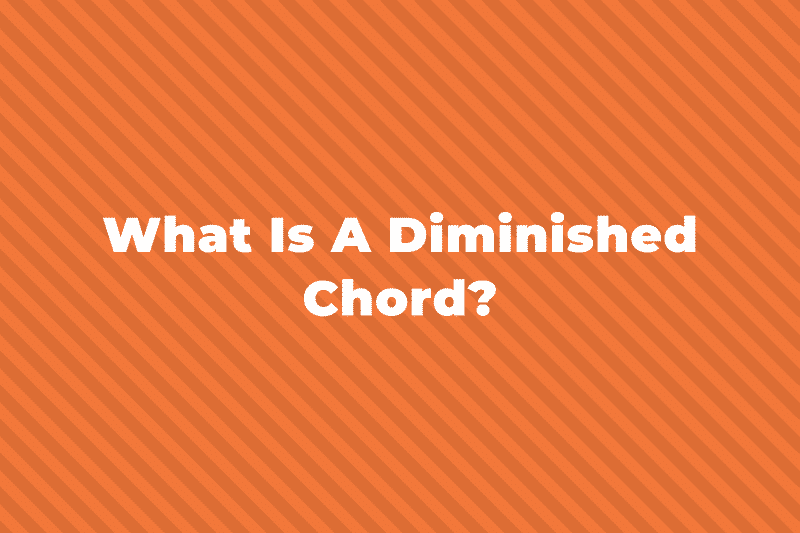A Rondo is a very famous style of music that was common throughout the Classical and Romantic eras, and that we still see composed today.
In this post, we’ll look at what Rondo form is, exploring its structure and looking at a few examples. First, however, we’ll recap just what form is in music exactly.
What is Form in music?
Music is a lot like a language, and Form is essentially the syntax and grammar that gives structure to that language.
Just like English has certain rules for spelling, sentence structure, and punctuation, music can be thought of to have similar rules a conventions.
One way to categorize music by its form is to label each passage or section of a piece of music with a letter – A, B, C, etc.
Then we can make distinctions between different songs by how they repeat (or don’t repeat) certain sections.
For example, if a verse of a song is labelled A, and that verse is repeated twice before going to the chorus (B), then we can write AAB as the form for the first part of that song.
For a look at all of the different kinds of form, check out our main post on the topic.
Rondo Form
Rondo Form can be thought of as an extension of Binary and Ternary form.
Binary form is AB and Ternary form is ABA, and a Rondo takes this a step farther by adding other letters – it goes ABACADAEA…
It essentially takes a principle theme, or refrain, and alternates it with one or more different themes, which are called episodes.
So the refrain is the repeating “A” section, and the alternating episodes are the “B”, “C”, “D”, and “E”.
This can go on for as long as you want. You can also repeat episodes as well as the refrain.
So the form of a Rondo could look like ABACABA, repeating the “B” episode toward the end instead of using a different “D” section, for example.
In the Classical era, there were three common Rondo forms.
The ABA pattern was sometimes called the “First Rondo”, the ABACA pattern called the “Second Rondo”, and the ABACABA pattern called the “Third Rondo”.
Examples Of Rondo Form In Music
One of the best known examples of a Rondo is “Fur Elise” by Beethoven, which is a “Second Rondo” and has an ABACA form.
Other examples are the third movement of Beethoven’s Sonata “Pathetique”, Op. 13, and the third movement of Mozart’s Piano Sonata in D Major, K.311.
Beethoven’s “Pathetique” example is an example of Sonata Rondo form, which combines the alternating theme-episode form of a Rondo and the exposition-development-recapitulation form often found in a Sonata.
Rondo Tonal Structure
In a Rondo, the “A” theme is always in the tonic key.
This could be major or minor, as long as the “A” section is always in the same key.
The alternating “B” and “C” episodes are usually in keys different from the tonic, to differentiate between all of the sections.
In a major key (C major), with ABACABA Rondo form, the tonal structure is as follows:

In a minor key (C minor), the tonal structure is this:

That’s Rondo Form
So, that is all there is to know about the Rondo form.
It is the only form that has a single theme that keeps alternating with multiple episodes, going back and forth between them.



